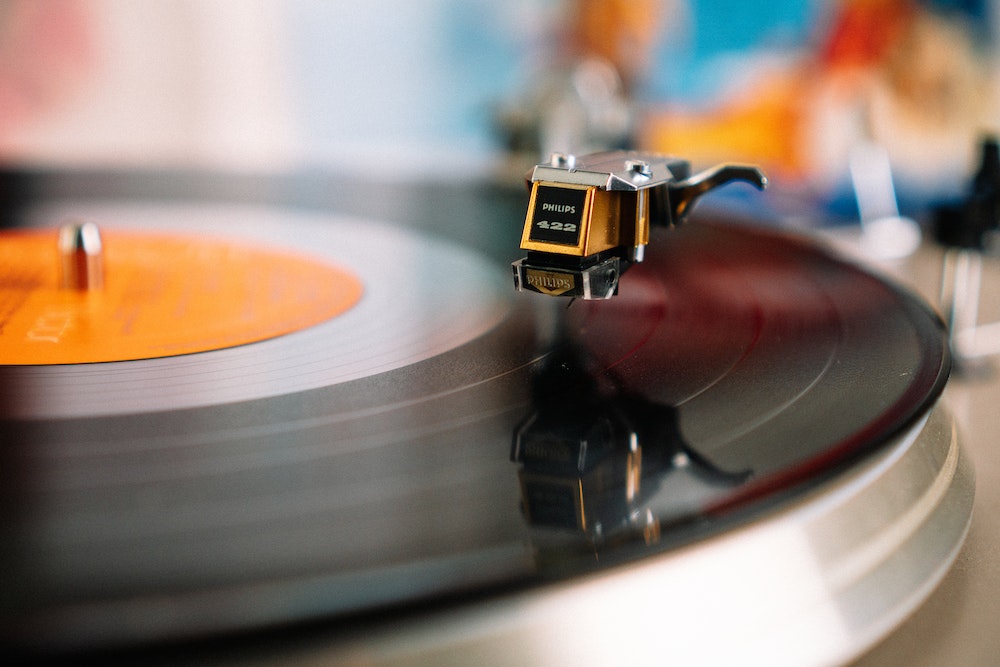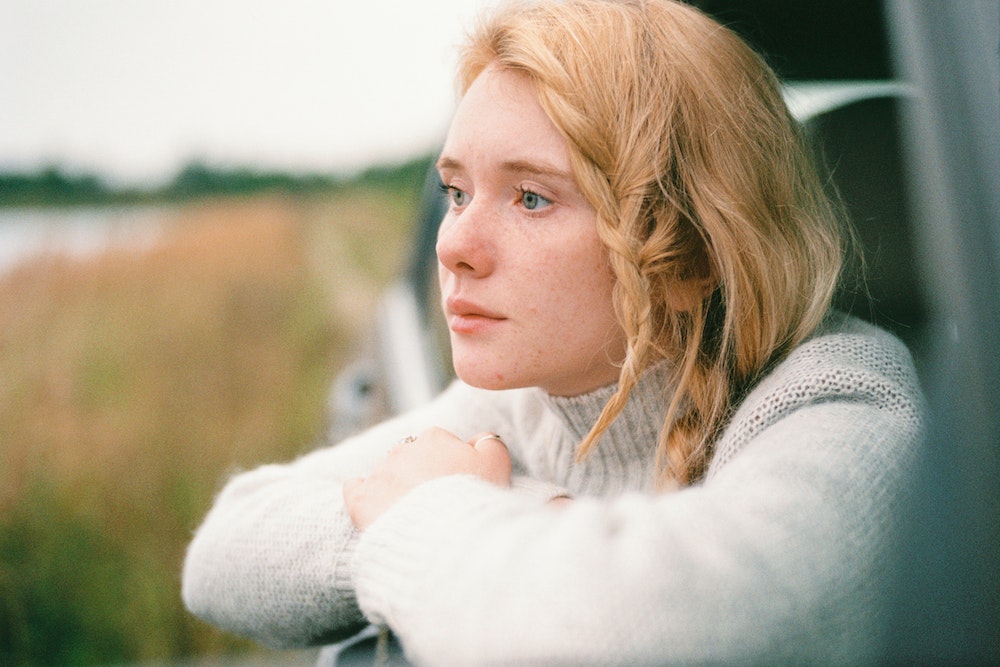What is Selective Focus in Photography?

Every photograph has almost the same purpose i.e. to highlight something. This is the main reason why focus plays such an important role in photography. In this post, we are going to talk about a photographic process called selective focus.
This is quite a common term used in the professional photography business. Let us begin with its definition.
What is the selective focus in photography?
It is a technique that lets you focus on your subject while keeping the rest elements out of focus. Photographers use it to highlight the subject in a way they want. Being skilled at selective focus is something that tells about one’s professional abilities in photography.
Luckily, it is not so difficult to start incorporating this amazing skill into your photography. Since we are here to talk about its advantages, required lens and steps involved you really have nothing to worry about. Have a quick look at why it plays such an important role.

Advantages of selective focus in photography
It helps you get viewers' attention
The way it renders precise focus on the subject is highly effective in keeping the viewers from distraction. Without it, viewers might be easily distracted by something in the background.
Even if you are taking portraits, selective focus matters a lot. You must have seen the eye to be in focus in the majority of portraits.
Enhances the background as well
An ideal background can contribute to the photo by being quiet. And that is exactly what you do with selective focus. Creating bokeh gives a shallow depth to the image that affects the minds of the viewers in a very positive way.
With a sharp focus on the subject and a quiet background, you are simply shifting the photo much closer to perfection.
How to selectively focus on the subject?
Selective focus can be achieved easily once you know the important points involved here.
Choose the perfect lens
The lenses that let the most light in are the best for this job. So, the wide aperture lenses will work the best here. There is a long list of recommendations here but the majority of those lenses would be expensive.
As a beginner, having a 50mm lens with a max aperture of f/1.8 is a good idea for you. Once you learn more, you can move up to other expensive options. For the time being, this 50 mm lens will do the job.
The right aperture settings for selective focus
A lot of beginners are highly confused about the association between aperture and depth of field. Aperture is denoted in terms of f-stops in professional cameras. The larger the value of f-stops the smaller is aperture and vice versa (smaller f-stops values denote a wider aperture).
When it comes to its impact on the depth of field, large f-stops i.e. small aperture leads to a deeper depth of field, and small f-stops i.e. wide aperture for shallow depth.
So, the required aperture settings must be clear to you. Since you want the shallow depth at best, your choice should be the widest aperture (smaller values of f-stops). If you shoot the same subject with f/3.5 and f/10, you will find that the subject is in sharp focus in the former one.
Selective focus is meant to highlight the subject in the best way. Don’t think that going extreme with aperture settings will always bring the best results. Suppose you get carried away with extreme aperture levels to focus on the subject’s eyes.
That might get the rest of the face out of focus. No one would want such a terrible result. Apply these techniques only up to the point till it enables you to achieve a sharp focus on the subject.
Choose the right focus mode
Shoot the still subjects in single shot focus mode while moving subjects need to be shot using continuous focus. In case you are shooting a subject that may be still and moving during the photo shoot, autofocus mode will work best for you.
Going with the appropriate focus mode is really important to avoid unwanted blurry effects.
Adjust the camera distance from the subject
With the same lens and camera settings, the closer you are to the subject, the better you will be able to blur the background. If you are facing issues with getting the desired results, make sure you move to the right distance from the subject.

A final 3-step guide to shooting with selective focus
We have talked about all the prerequisites for an effective selective focus in photography. Here is a quick and precise list of steps that you need to follow for achieving the same.
Select the focal point
This is the first step. Make sure you choose the right spot to be in focus. Since it is the only element that will pop out, your selection here can either make or break the quality of the photo.
Suppose you are shooting a portrait and your focus is on the ears of the subject. There might be one in a million cases when you will need to do that. But in the majority of portraits, the focus is always on the eyes of the subject.
On the other hand, you can’t focus the same way in landscape photography. Try to shoot photos with and without selective focus and then select the one that looks best.
In case you want to highlight shells on the beach or beautiful flowers, etc. selective focus is a good option for landscape photography.
Choose the lens and place the camera at the right distance
These are the things that highly depend on the type of subject you have selected for the photo. Once you are with the right lens, it is time to decide the distance between the subject and the camera. Selective focus becomes quite an easy task when the camera is at the right distance from the subject.
Set your aperture and focus mode
We have talked about the suitable settings that you should prefer in the case of aperture and focus modes. Once you are clear with the subject, lens, and distance, work on the camera settings.
Setting the aperture depends on the type of lens you are using. The lower number of f-stops works well for this job as we have already discussed.
Final thoughts
Selective focus in photography is something that you should really care about. Being skilled at this makes you able to convey your message clearly. You can keep multiple objects in selective focus as well if the situation demands.
Things like the way you choose the subject, the inclusion of other elements in the frame, etc. matter a lot in creating the best photo. Be mindful of all these important points before you take a shot.
About the Author
Andrew Conway is an amateur photographer and keen writer. Andrew is in his last year of his Journalism degree in University.


